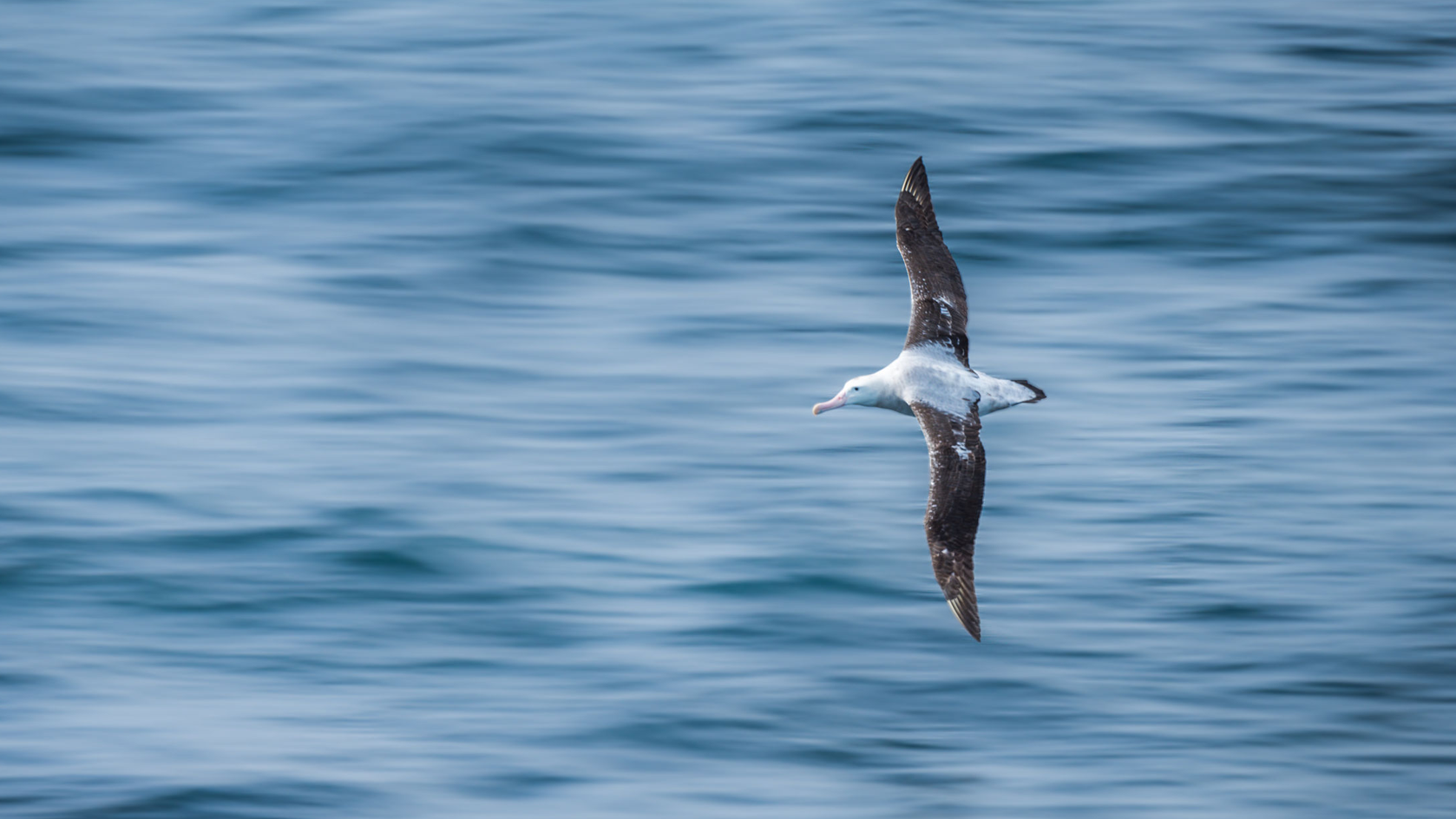Expensive planes but low cost…

Ryanair is one of the largest and most popular low-cost airlines in the world and it’s got ambitious growth plans.
The airline has just placed its biggest aircraft order since it was founded in 1984 and it’s a pretty big order.
Up to 300 Boeing planes at a list price of S40 billion will be acquired. With each aircraft costing $135 million it’s certainly a significant figure.
Since Ryanair was established nearly 30 years ago it has become known for its affordable fares and no-frills approach to air travel.
Cost Leadership Strategy
For students of strategy papers within the professional exams Ryanair offers an interesting insight into how to compete successfully in the highly competitive aviation industry.
One of Ryanair’s key business strategies is its low-cost model (for business students this is a good example of Michael Porter’s cost leadership strategy). The airline keeps its fares low by charging passengers for additional services such as checked baggage, priority boarding, and in-flight meals. Ryanair also operates a point-to-point network, meaning that it flies passengers directly between their departure and destination airports, without any layovers or connecting flights. This reduces the airline’s operational costs and allows it to offer lower fares than traditional carriers.
Efficiency and cost-cutting
Ryanair’s low-cost model is further supported by its focus on efficiency and cost-cutting. The airline has streamlined its operations to reduce expenses, such as using a standardized fleet of Boeing 737 aircraft and outsourcing some of its ground handling services. Ryanair has also negotiated lower airport fees by flying to smaller, secondary airports that are located outside of major cities. By doing so, the airline can offer lower fares and still generate a profit.
Another key strategy for Ryanair is its aggressive pricing strategy. The airline regularly offers heavily discounted fares to attract customers, with many seats sold for as little as a few euros. Ryanair also uses dynamic pricing, adjusting its fares in real-time based on demand and market conditions. This allows the airline to maximize its revenue by selling tickets at the highest possible price while still offering affordable fares to passengers.
Popular choice for budget-conscious travellers
Ryanair’s business strategy has allowed the airline to compete successfully in the highly competitive aviation industry. By keeping its fares low and its operations efficient, the airline has become a popular choice for budget-conscious travellers. Ryanair’s aggressive pricing strategy has also helped the airline to grow its market share and expand its route network. While some passengers may prefer traditional carriers that offer more amenities and services, many travellers are willing to sacrifice these comforts in exchange for lower fares.
Despite its success, Ryanair has faced criticism from some quarters for its no-frills approach to air travel. The airline has been accused of poor customer service and of “nickel-and-diming” passengers with additional fees. However, Ryanair’s business strategy has been undeniably effective, and the airline continues to grow and expand its operations.
In conclusion, Ryanair’s low-cost model, aggressive pricing strategy, and focus on efficiency have allowed the airline to compete successfully in the aviation industry. While not all travellers may enjoy Ryanair’s no-frills approach to air travel, the airline’s affordable fares and extensive route network have made it a popular choice for budget-conscious passengers.
With its proposed $350 billion investment in new planes it’s looking likely that Ryanair will remain a major player in the low-cost airline market for years to come.










